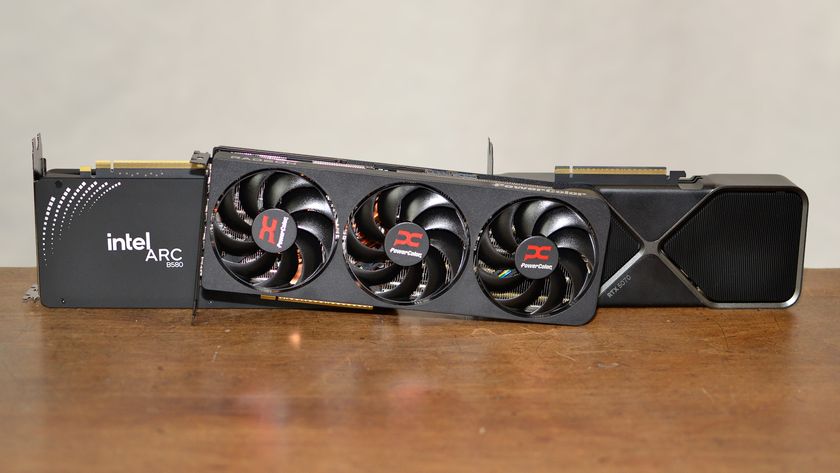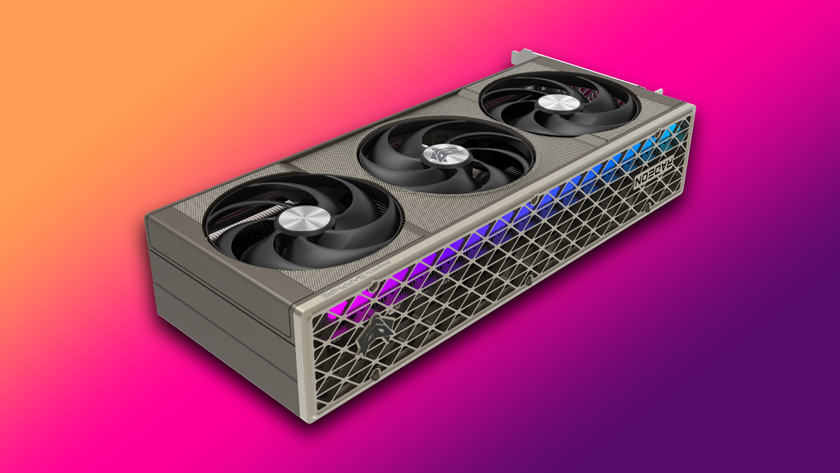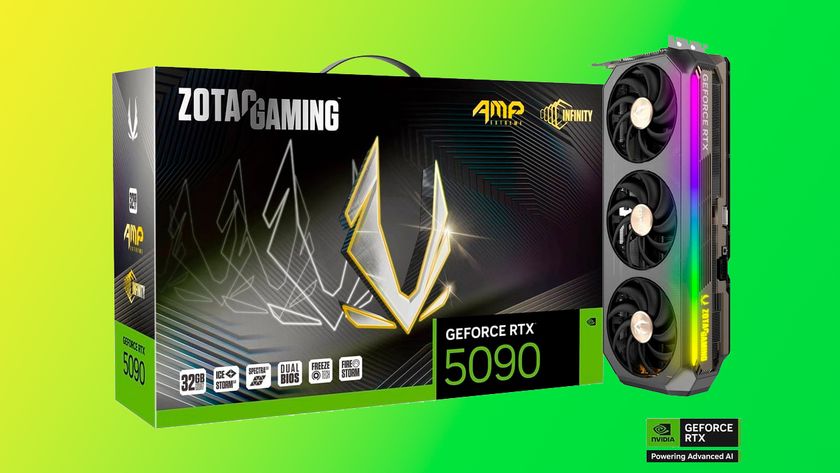Intel Bartlett Lake CPUs power new 120 x 160mm COM-HPC modules from congatec — features up to 24 hybrid cores, 128GB of DDR5-4000 memory, and 32 EUs
No P-Core only models in sight.
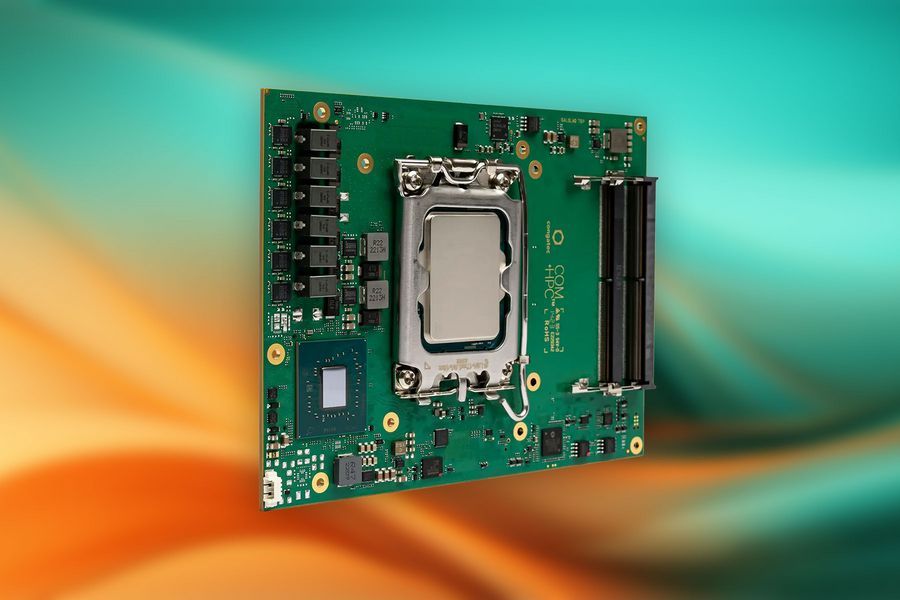
Intel's Arrow Lake processors are all the hype these days, but the chipmaker has been rumored to work on a new P-core-only lineup for consumers, codenamed "Bartlett Lake." The first wave of these chips launched at CES, though in a hybrid configuration and exclusively for embedded devices through OEMs. Congatec's latest modules bundle these processors in a 120 x 160mm COM-HPC Client Size C package for high-performance computing in a small form factor.
These new Core 200 Bartlett Lake-S processors boast up to 24 cores in a hybrid configuration employing Alder Lake/Raptor Lake silicon under the hood. Congatec's new modules are configurable with three SKUs: Core 3 201E, Core 5 211E, and Core 7 251E. Don't expect major changes apart from a few add-ons, such as ECC memory on select products. In terms of memory, these modules host four SODIMM sockets for up to 128GB of DDR5-4000 memory.
These devices come pre-loaded with Linux-based operating systems like ctrlX OS, Ubuntu, and RT-Linux. For even faster time-to-market, congatec allows you to include custom applications for an almost seamless transition. Developers can mount these COMs on congatec's mATX (Micro-ATX) carrier boards, offering a fully functional computer system. In addition, we can find Intel's R680E and Q670E chipsets onboard alongside two 2.5 GbE ports. These modules are tailor-designed for medical imaging, networking, edge computing, banking applications, you name it.
| Processor | Cores/Threads | P-Cores/E-Cores | P-Core Clocks | E-Core Clocks | Execution Units | TDP |
|---|---|---|---|---|---|---|
| Core 7 251E | 24/32 | 8 + 16 | 2.1 GHz Base / 5.6 GHz Boost | 1.6 GHz Base / 4.4 GHz Boost | 32 | 65W |
| Core 5 211E | 10/16 | 6 + 4 | 2.7 GHz Base / 4.9 GHz Boost | 2.0 GHz Base / 3.7 GHz Boost | 24 | 65W |
| Core 3 201E | 4/8 | 4 + 0 | 3.6 GHz Base / 4.8 GHz Boost | N/A | 24 | 65W |
The Core 7 251E wields a layout similar to the i9-13900 with 24 cores and a boost clock of 5.6 GHz. Notably, all CPUs are configured with a 65W TDP due to their embedded nature. Ten and four cores, respectively, follow the Core 5 211E and Core 3 201E. Intel claims the Core 7 251E is around 6% and 8% faster than the i7-14700 (20 cores with a 5.4 GHz boost clock) in single-core and multi-core performance.
So where is the P-core-only Bartlett Lake-S? Rumors suggest that these processors are slated for Q3 2025, with the Core 9 SKUs allegedly offering 12 full-fat performance. Similar to their predecessors, these CPUs should employ Raptor Cove P-cores, so there won't be major improvements in IPC or efficiency.
Nonetheless, will LGA1700 have the same legacy as AM4? It's hard to say, especially considering the FUD surrounding Intel's recent degradation fiasco. Still, Bartlett Lake-S seems an interesting choice if you don't want to splurge cash on a new motherboard and fast DDR5 memory. Plus, Intel hasn't precisely commented on the longevity of LGA1851, but let's hope the platform sees at least one more generation.
Stay On the Cutting Edge: Get the Tom's Hardware Newsletter
Get Tom's Hardware's best news and in-depth reviews, straight to your inbox.

Hassam Nasir is a die-hard hardware enthusiast with years of experience as a tech editor and writer, focusing on detailed CPU comparisons and general hardware news. When he’s not working, you’ll find him bending tubes for his ever-evolving custom water-loop gaming rig or benchmarking the latest CPUs and GPUs just for fun.
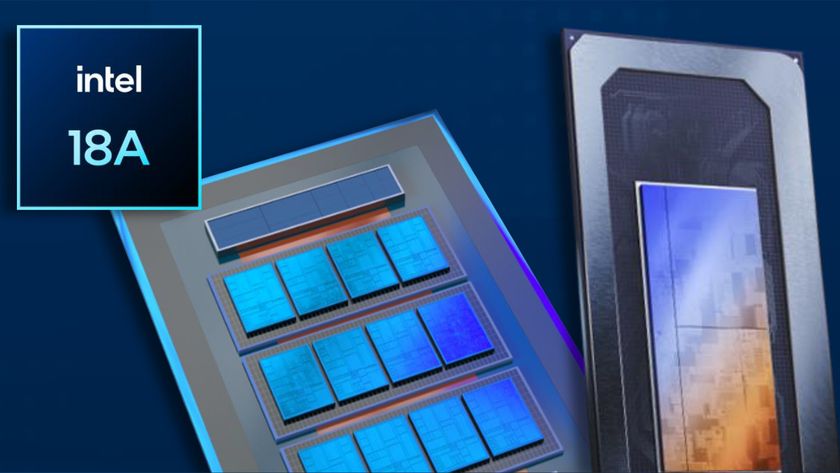
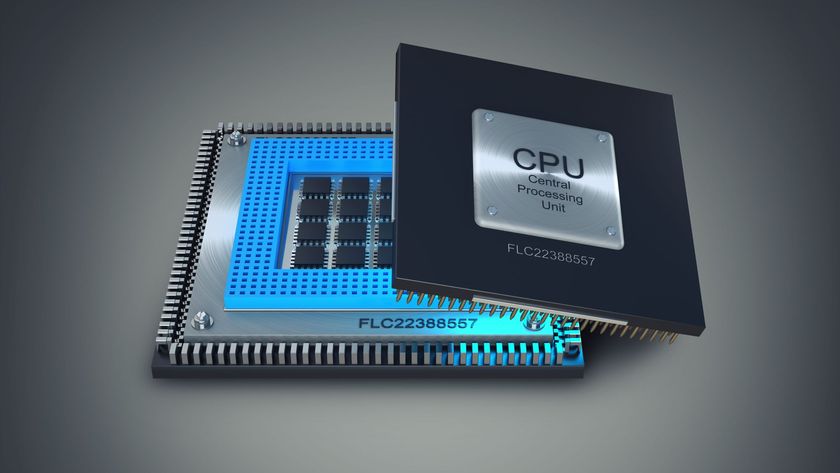
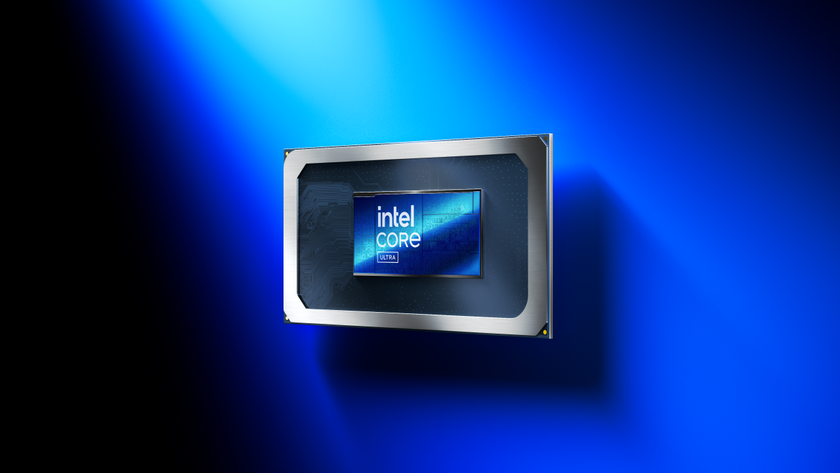

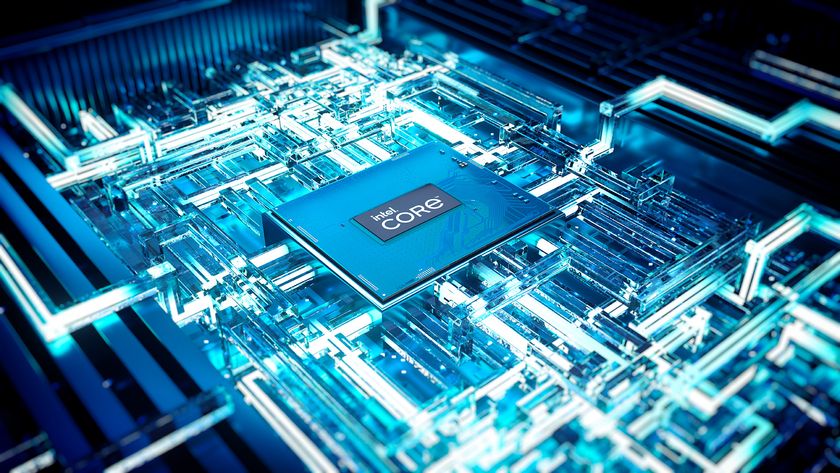
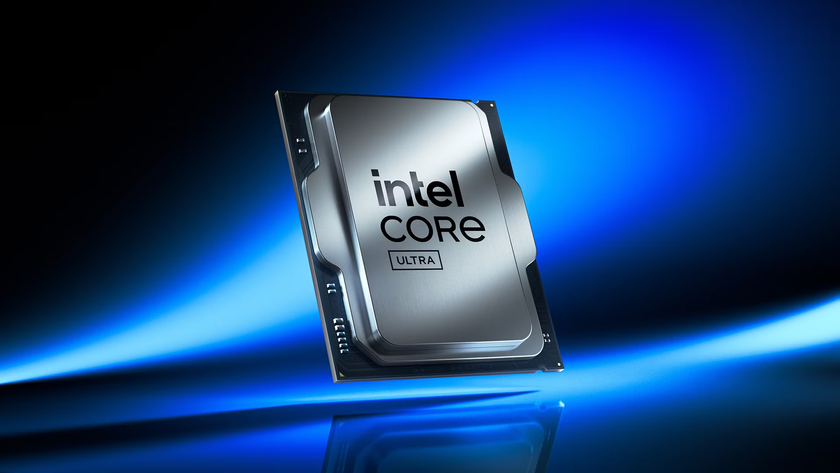
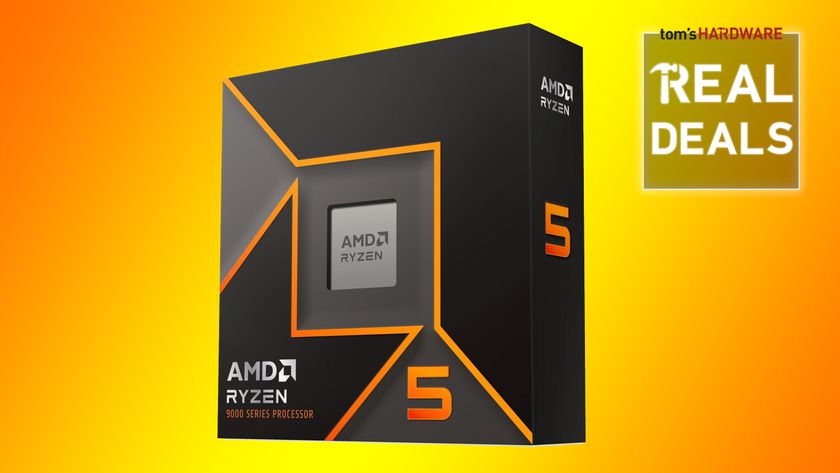


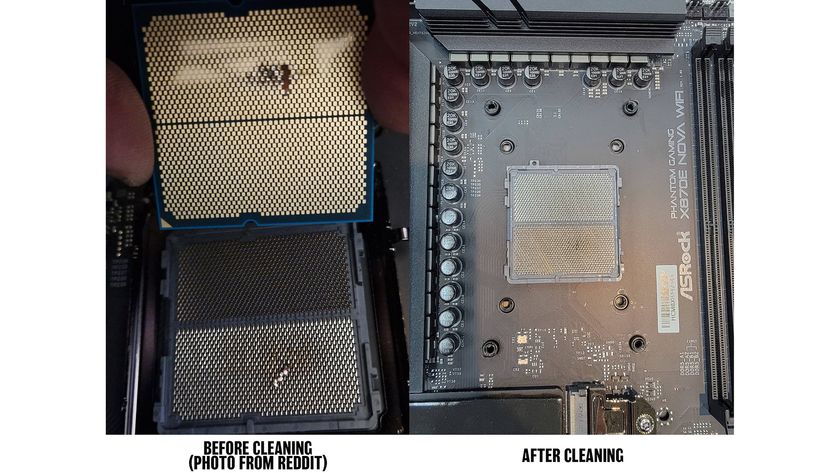


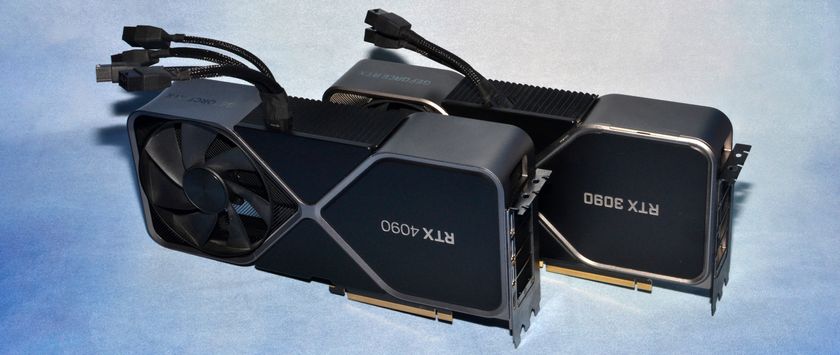

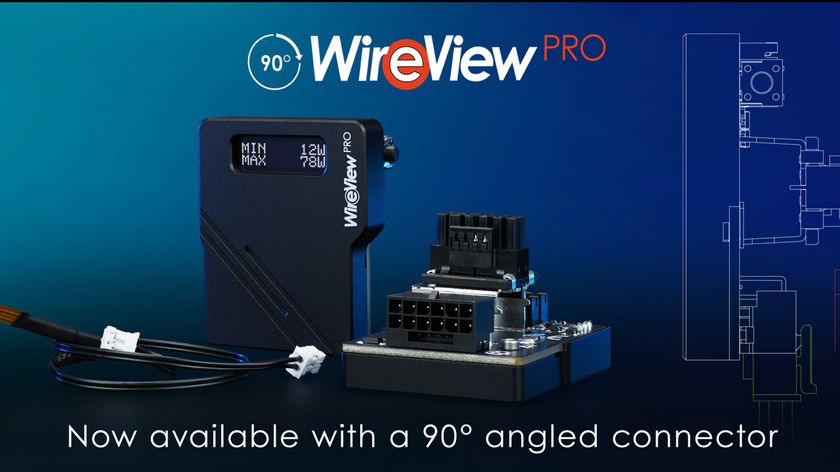

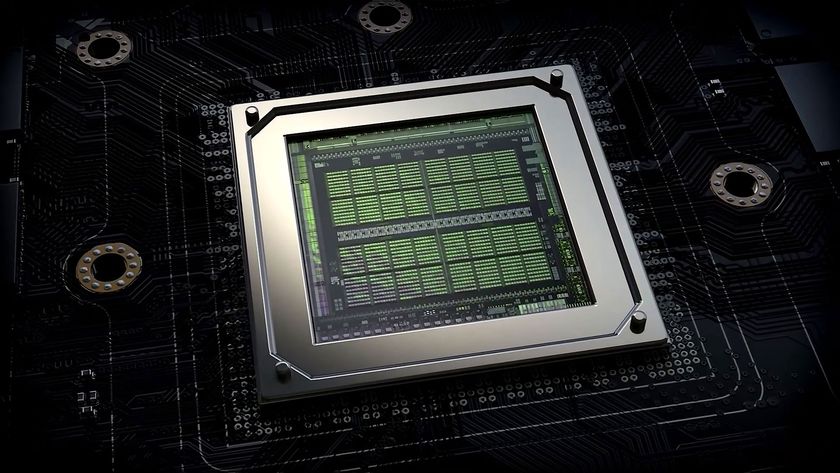

-
bit_user Reply
If Intel wanted to make some waves, they could enable AVX-512 on them. At least on the Xeon E-branded ones.The article said:So where is the P-core-only Bartlett Lake-S? Rumors suggest that these processors are slated for Q3 2025, with the Core 9 SKUs allegedly offering 12 full-fat performance. Similar to their predecessors, these CPUs should employ Raptor Cove P-cores, so there won't be major improvements in IPC or efficiency.
I'm not saying it's likely, as it would mess with their whole messaging around the subject, but it would be a cheap way they could add further value. Especially if it's limited to just the Xeon-branded models, I don't think the potential "market confusion" would be a major issue.
I wonder if their original plan for the Xeon E-2400 series was to do that, but either they found some bug in the implementation or had a last-minute change-of-heart. Because, it's otherwise a little suspicious that all of those models have their E-cores disabled. -
thestryker Reply
I think this would be the only logical reason for the P-core only part to exist.bit_user said:If Intel wanted to make some waves, they could enable AVX-512 on them. At least on the Xeon E-branded ones.
It doesn't really make sense to me that they'd design a new die just for people who wanted client class 10 and 12 P-core parts. They also don't need it to keep the DUV lines open because RPL already does that. -
bit_user Reply
Eh, their story about it being for some sort of communications vertical does sort of align with having symmetric cores. I'm sure something like an RTOS would hate hybrid CPUs. They almost certainly disable SMT, as well.thestryker said:I think this would be the only logical reason for the P-core only part to exist.
I thought the 12x P-core part was just a hedge against Arrow Lake being late or regressing on gaming performance. The leaked launch launch timing doesn't tally with that, but maybe they pushed it back or it hit its own unplanned delays.
There is that other theory about it being offered as an upgrade for people with LGA 1700 boards, who maybe still have Alder Lake.
It might not be only one of these reasons. -
thestryker Reply
Intel already sells the Xeon E with disabled IGP/E-cores so the only advantage should be the higher core count.bit_user said:Eh, their story about it being for some sort of communications vertical does sort of align with having symmetric cores. I'm sure something like an RTOS would hate hybrid CPUs. They almost certainly disable SMT, as well.
A 12 P-core part shouldn't be faster at pretty much anything when compared to a 14900K. They certainly didn't make the decision to design it after they figured out the issues with RPL given how far back the rumors go.bit_user said:I thought the 12x P-core part was just a hedge against Arrow Lake being late or regressing on gaming performance. The leaked launch launch timing doesn't tally with that, but maybe they pushed it back or it hit its own unplanned delays.
There is that other theory about it being offered as an upgrade for people with LGA 1700 boards, who maybe still have Alder Lake.
It might not be only one of these reasons.
That's why I don't understand the new die unless it enables something that the current RPL doesn't.
